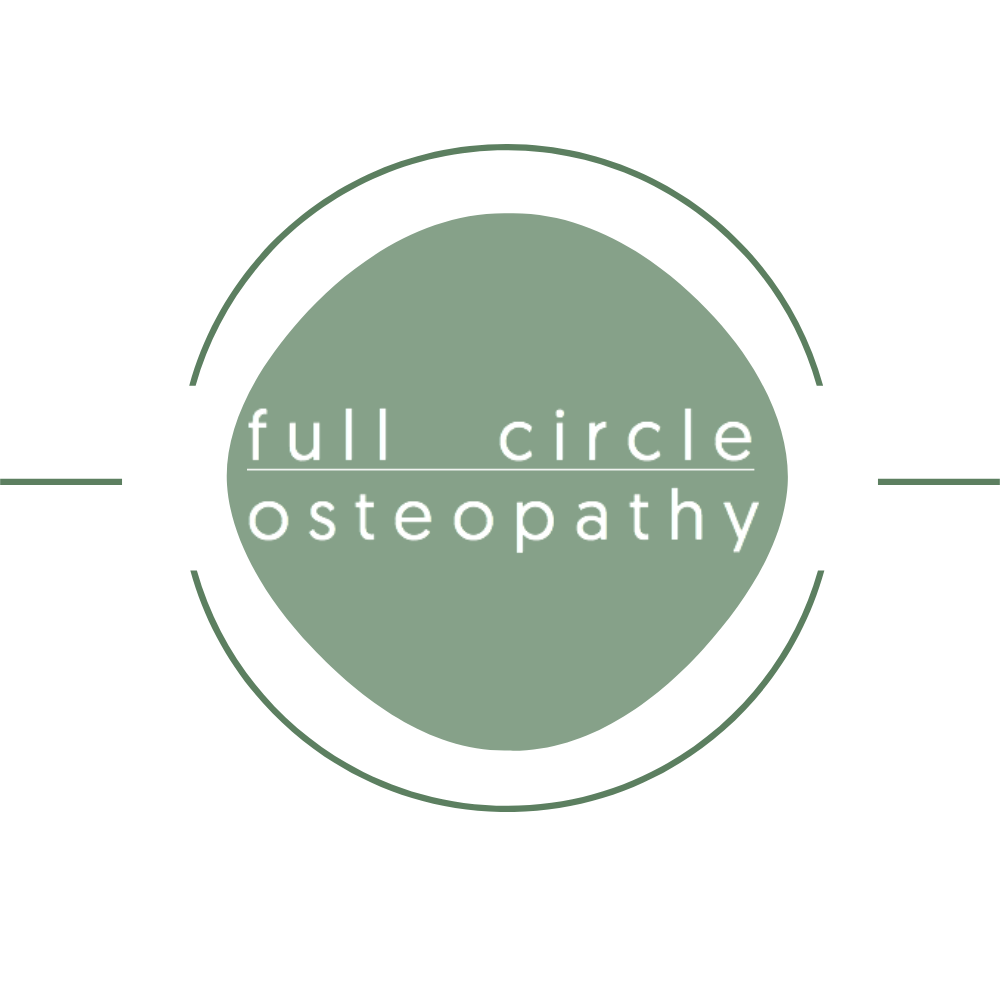Injury blog: Spondylolisthesis
Hello readers! Our blog this month focuses on a spinal condition that in the sports world most commonly affects cricketers and gymnasts, but in reality, can affect anyone! The condition is known as spondylolisthesis (pronounced ‘spon-di-lo-lice-thee-sis’) and most commonly affects the lowest segments of the lower spine region.
What is spondylolisthesis?
Spondylolisthesis is the slipping forward of one vertebra on another. This most commonly occurs at the L5 segment (the lowest vertebrae in the lumbar spine), which slips forward on the S1 segment of the sacral bone. The runner up? L4, which is also a commonly affected area.
There are a few different causes of this condition, and so it has been classified into different types. There are five categories of spondylolisthesis. These are:
1. Degenerative: Occurs due to degenerative changes to the spinal facet joints and discs
2. Isthmic: Occurs due to a bone defect in a part of the vertebrae known as the ‘pars interarticularis’
3. Traumatic: Occurs following a trauma that results in a fracture of either the spinal facet joints or pars interarticularis
4. Dysplastic: Occurs due to a developmental defect of the vertebrae which alters the direction of the spinal facet joints, leaving the segment(s) open to slippage in the area where they are partially held in place by the facet joints.
5. Pathologic: Occurs secondary to a medical problem such as infection or cancer
In theory, any process that leads to the weakening of the supportive structures of the spinal segments (i.e. the bones, ligaments, discs, muscles) can lead to abnormal movement of the spine.
Grades of spondylolisthesis
Spondylolisthesis is further classified based on the amount of slippage that has occurred:
• Grade 1: Between 0-25% of the vertebral body has slipped forward on the vertebrae below
• Grade 2: Between 25-50% has slipped forward
• Grade 3: Between 50-75% has slipped forward
• Grade 4: Over 75% of the vertebral body has slipped forward
The most commonly reported grade of this condition is grade one, accounting for approximately 75% of all cases.
Signs and symptoms
These vary depending on the cause, but can include any or all of the following:
• Low back pain, including pain in the buttocks
• Pain along the back of the thigh which rarely goes lower than the knee
• Tight hamstring muscles
• Changes in walking pattern
• Pins and needles and/or numbness down the legs
• Bowel and bladder dysfunction (in more severe cases)
If you come to us with low back and/or leg pain, we are trained to work out exactly what is going on based on your symptoms and medical history. We will ask you lots of questions to begin with to dwindle our list of potential diagnoses to just one or two. Then we’ll get you to move and through a thorough movement assessment, will be able to come to a specific diagnosis that we will work with you to treat.
Sometimes we may require the help of imaging to rule in or out spondylolisthesis, depending on the severity of symptoms and how much it is impacting your life. In these cases, we will send you off for an x-ray which can detect this issue.
Treatment
Most cases of spondylolisthesis can be managed conservatively, meaning non-surgical options are chosen over a surgical one. When this injury occurs, the instability of the particular spinal segment can lead to many of the signs and symptoms mentioned above. One of the main goals of treatment is to increase stability around the affected area and offload the forces that are acting on the injured area.
We will spend time educating you on the mechanics of the spine. If you understand what is happening to your spine, you will know how to protect it, without adding unnecessary stress to the area. We will also advise on appropriate footwear, as well as standing, seated and sleeping postures. Being obese or overweight is also a risk factor for developing, as well as maintaining this problem. If you need to lose weight, we can help you formulate a plan to get there.
Exercise to increase core stability, as well as flexibility of tight muscles is a very important part of therapy as this will reduce the need for external supports such as braces in the long term. And of course, not forgetting our wonderful hands which will get to work on your muscles and joints to reduce tension and tightness, while increasing range of motion.
All of the above treatments will help you to manage pain, increase function and get you back to work or sport or gardening… Whatever your goal is! Call us today on 7038 0011 if you have low back pain, or even if you already have a diagnosis of spondylolisthesis, and we can help you formulate a recovery plan to get you on the road to better health.
References
1. Chila, AG. et al. 2011. Foundations of Osteopathic Medicine. 3rd ed. Lippincott, Williams & Wilkins: Philadelphia
2. Tenny, S. and Gillis, C. 2020. Spondylolisthesis. StatPearls Publishing. Available from: https://www.ncbi.nlm.nih.gov/books/NBK430767/
